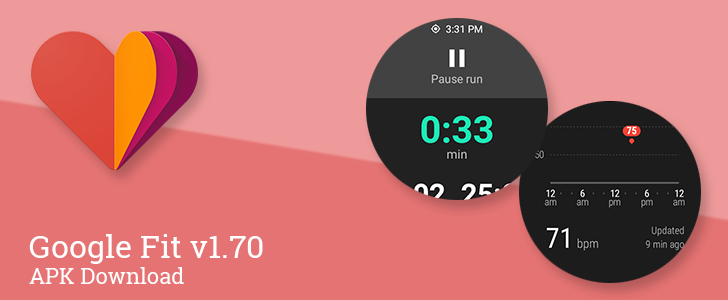latest
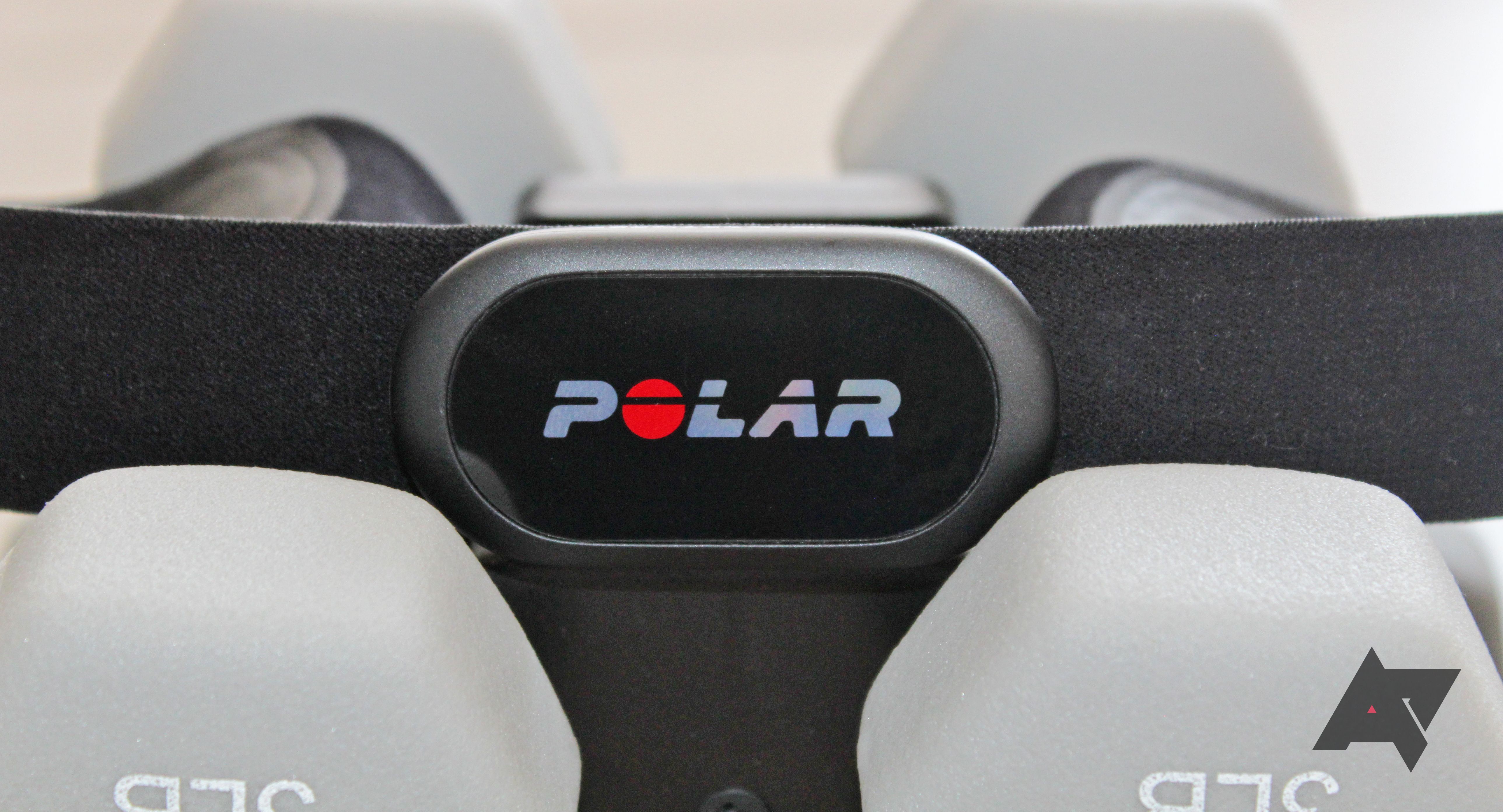
Polar H10 review: Connected heart rate monitoring with a catch
Best-in-class heart rate tracking let down by a crummy companion app
Back in 1982, a small Finnish start-up called Polar Electro released the first consumer-grade, wireless heart rate tracker. It was one of the earliest wearable fitness devices on the market. By the 1990s, it had created not just software to analyze the data its heart rate monitors were producing, but software that could detect heart rate variability and software to help users target specific heart rate zones.
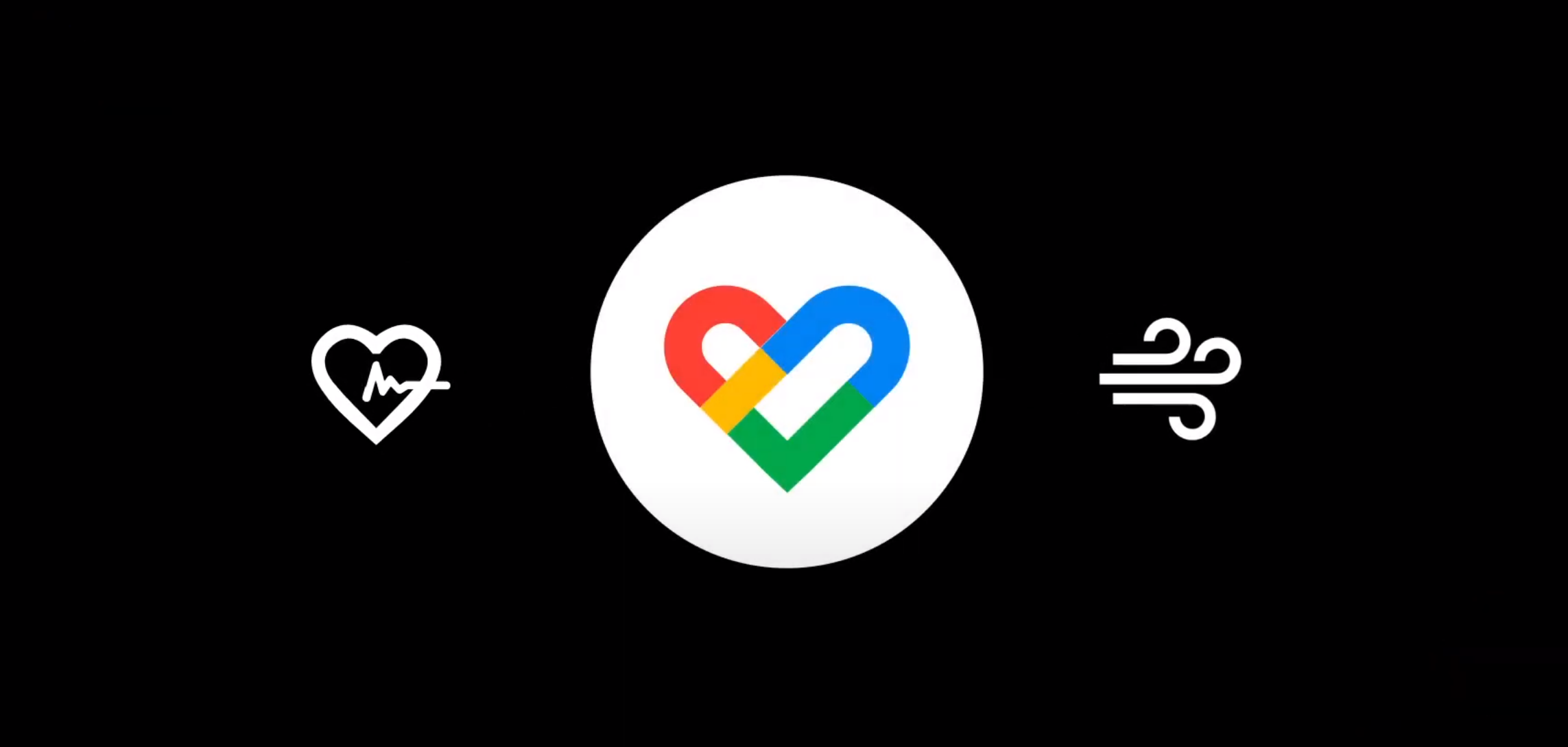
Google Fit's nifty camera-based HR monitor is now available on Pixels (APK Download)
A timed-exclusive coming to other phones later
I know that a month feels like a lifetime ago, but do you remember the Google Fit Mobile Vitals features that were announced — you know, the ones that promised heart rate and respiratory monitoring without any extra hardware? The Pixel timed-exclusive Google reminded us was coming during the March Feature Drop? Well, we're told that the pair of Mobile Vitals features (which work with nothing more than your phone's existing camera) start rolling out to Pixels on Monday, and we even know what they will look like in action.
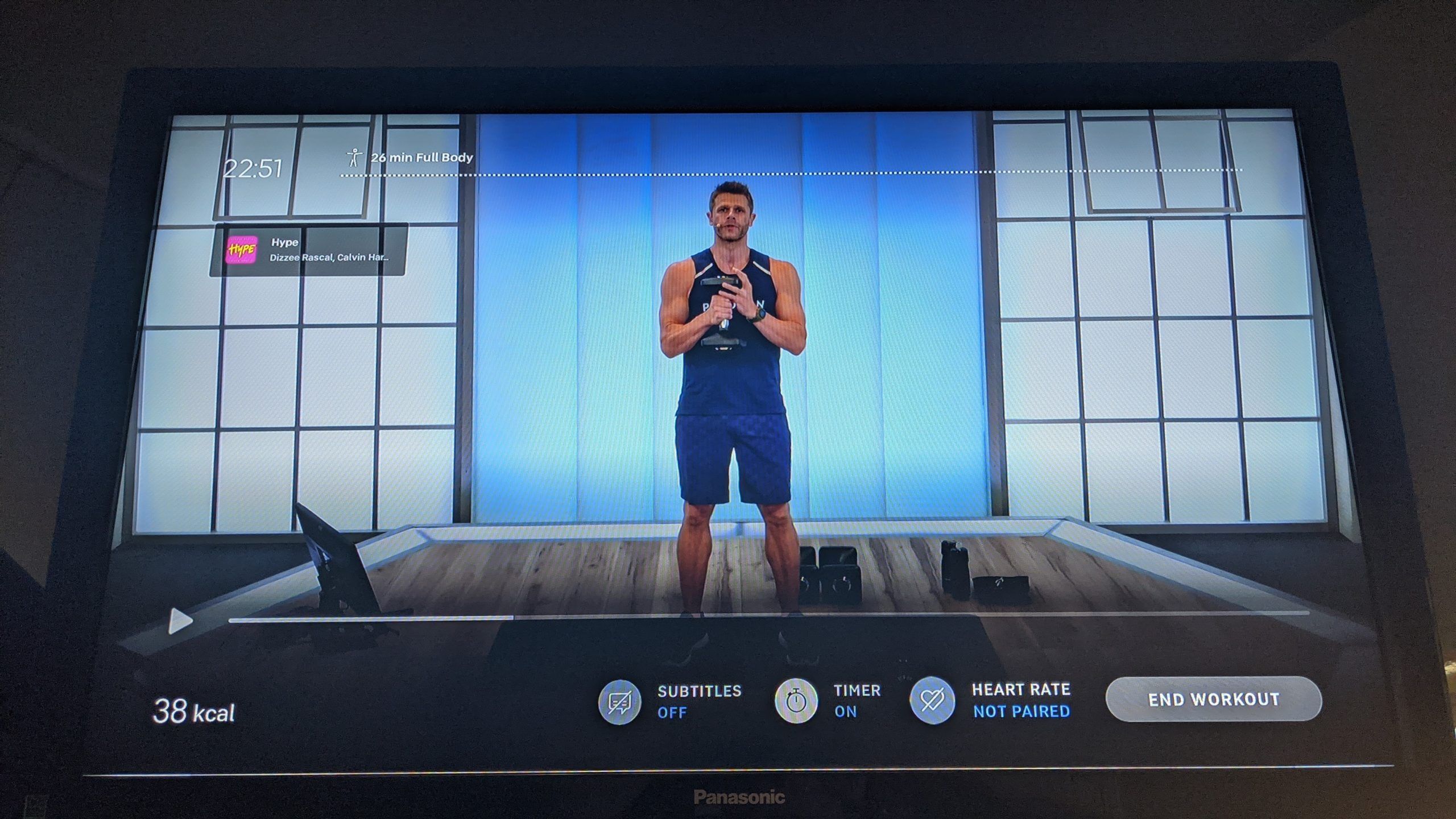
Peloton Android TV app can now track your heartbeat during workouts
You'll just need to connect your own HRM
People who could afford Peloton have been taking up synchronous sessions on their stationary bikes and treadmills. To top it off, those who have a heart rate monitor with ANT+ support can connect it to those machines. Now, those who are using their Android TVs to partake in full-body routines can connect their HRM and tie their pulse stats with their workouts.
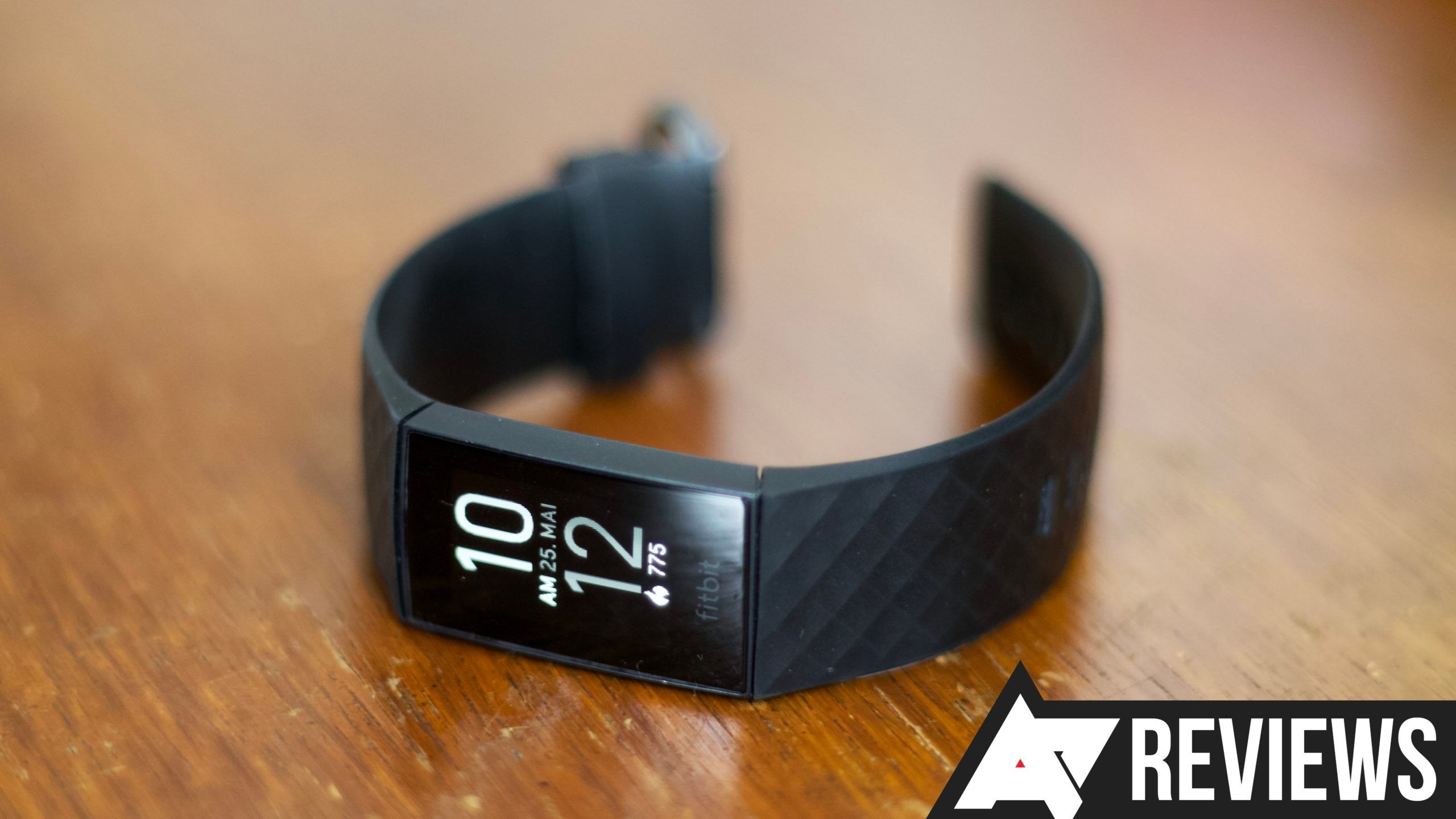
Fitbit Charge 4 review, one month later: All the fitness tracking you could ask for, plus some smartwatch goodies
Some smaller omissions taint the otherwise great product, though
Read update
For many people, Fitbit is synonymous with fitness trackers, but the company has faced new challenges from smartwatches in recent years. The Fitbit Charge 4 signifies a change, even if it doesn't look too different from its predecessor. The tracker packs everything you could want from a fitness tracker, and you get basic smartwatch capabilities like notification management, Spotify controls, NFC payments, alarms, and more. However, its $150 price tag may make it a tough sell when a smartwatch like Fitbit's own Versa 2 often goes on sale for the same price.
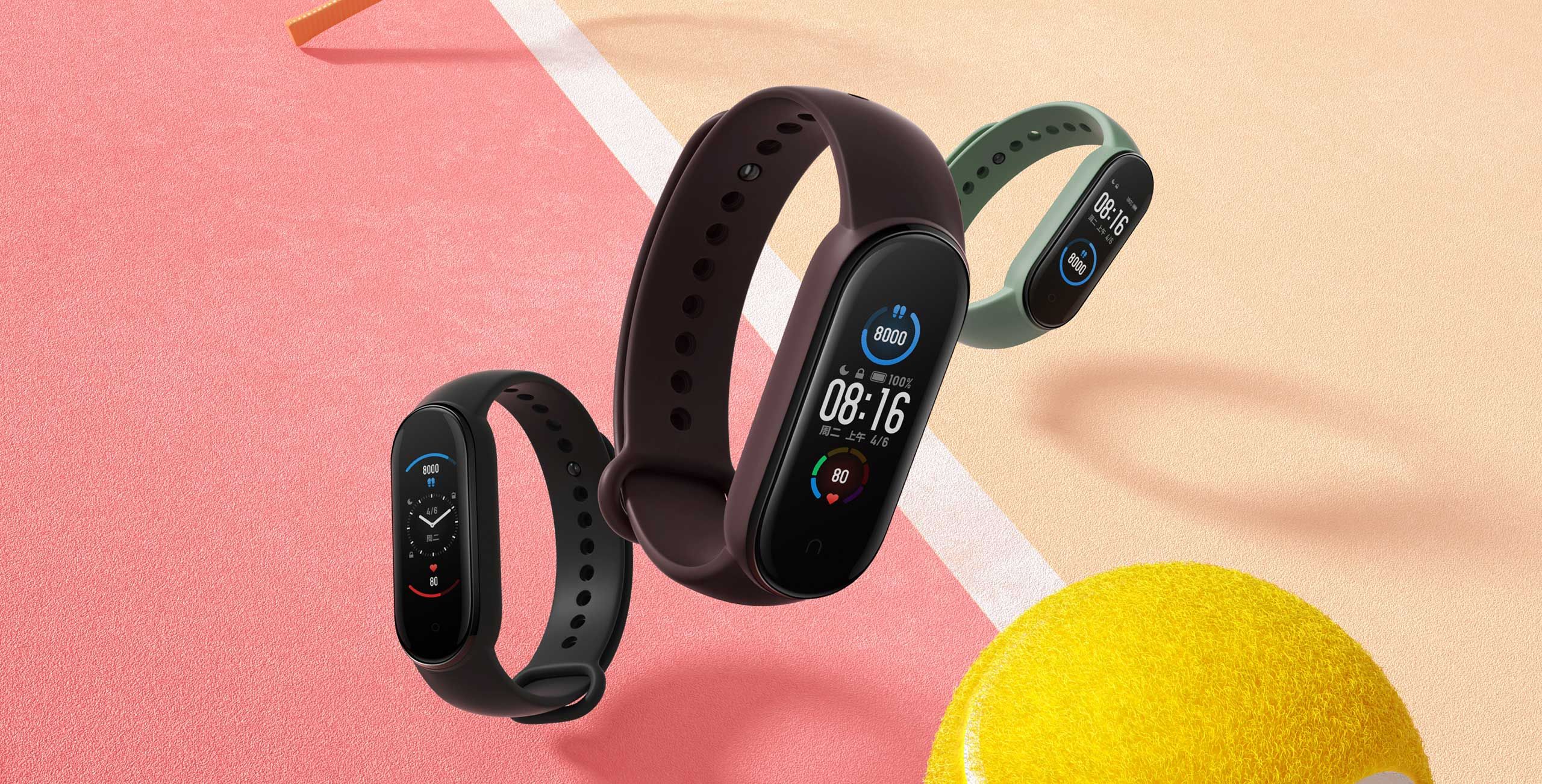
Xiaomi Mi Band 5 is official, comes with a bigger screen and more convenient charging
One of the most affordable fitness trackers receives thoughtful enhancements
Read update
Xiaomi managed to impress everybody with its low-cost $30 Mi Band 4 that easily kept up with much costlier products from Fitbit, Garmin, and Co. (as long as you're not a swimmer, that is). Exactly a year after its introduction, the company has released a follow-up in the form of the Mi Band 5, packing a slightly bigger screen, a much-improved charger, more tracking capabilities, and a ton of new animated watchfaces.
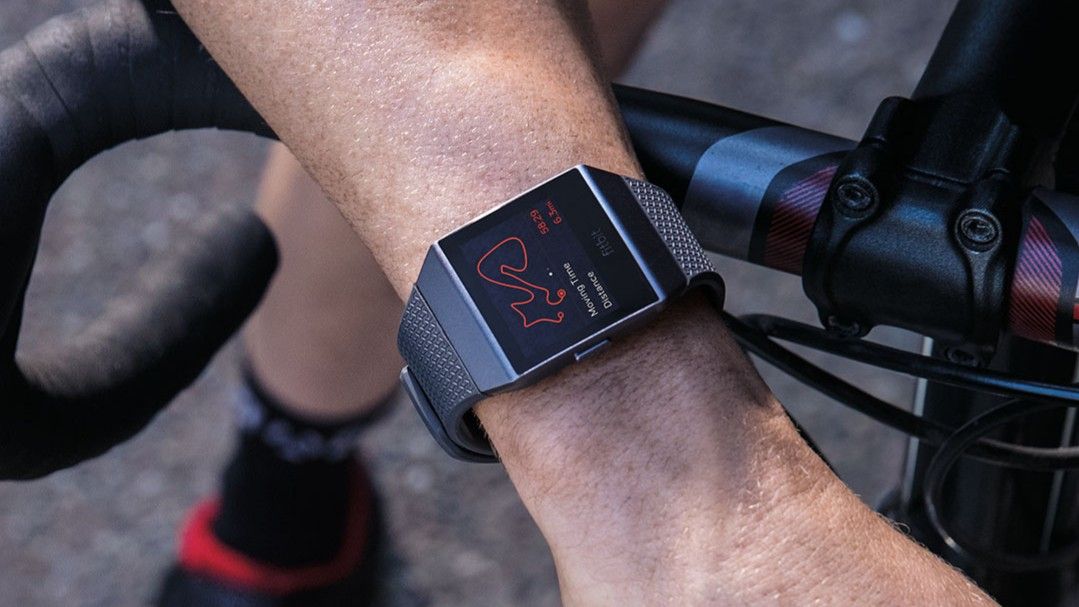
In time for the holiday season, Fitbit is updating a whole bunch of software and services in the hopes of getting everyone excited and resolved for a healthier 2020 — just as it hopes Google ownership will improve its stance in the fitness tech marketplace. Fitbit OS 4.1 will be rolling out some features originally exclusive to the Versa 2 to other smartwatches while Fitbit Premium will be adopting more special routines to inspire some better habits.
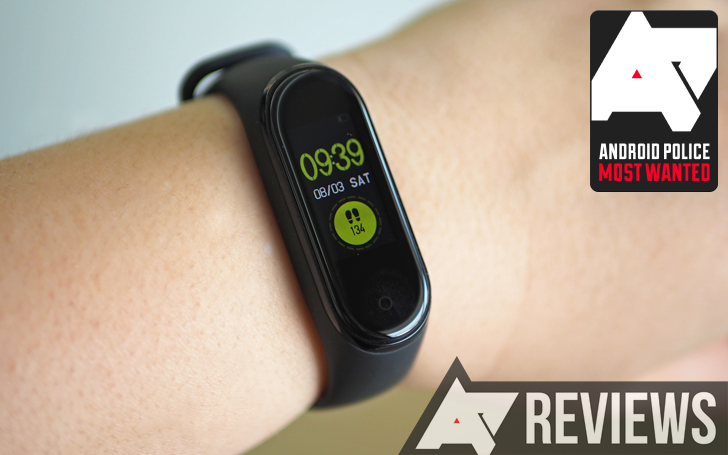
In the world of activity trackers, nothing comes close to the Mi Band's value. Cheaper than any Garmin or Fitbit tracker, even the most basic vivofit4 and Inspire, but still packing enough functionality, it also benefits from Xiaomi's name recognition and is considered a serious choice, not a cheap knock-off no-name tracker.The most recent Mi Band 4 pushes the value-for-money envelop even further thanks to a colored AMOLED screen, swim tracking, and music controls, which get added on top of the previous generation's all-day activity, sleep, and heart rate tracking. Overall, the package is very attractive, but cracks are inevitably hiding below the surface, especially if you like spending your time in a pool.
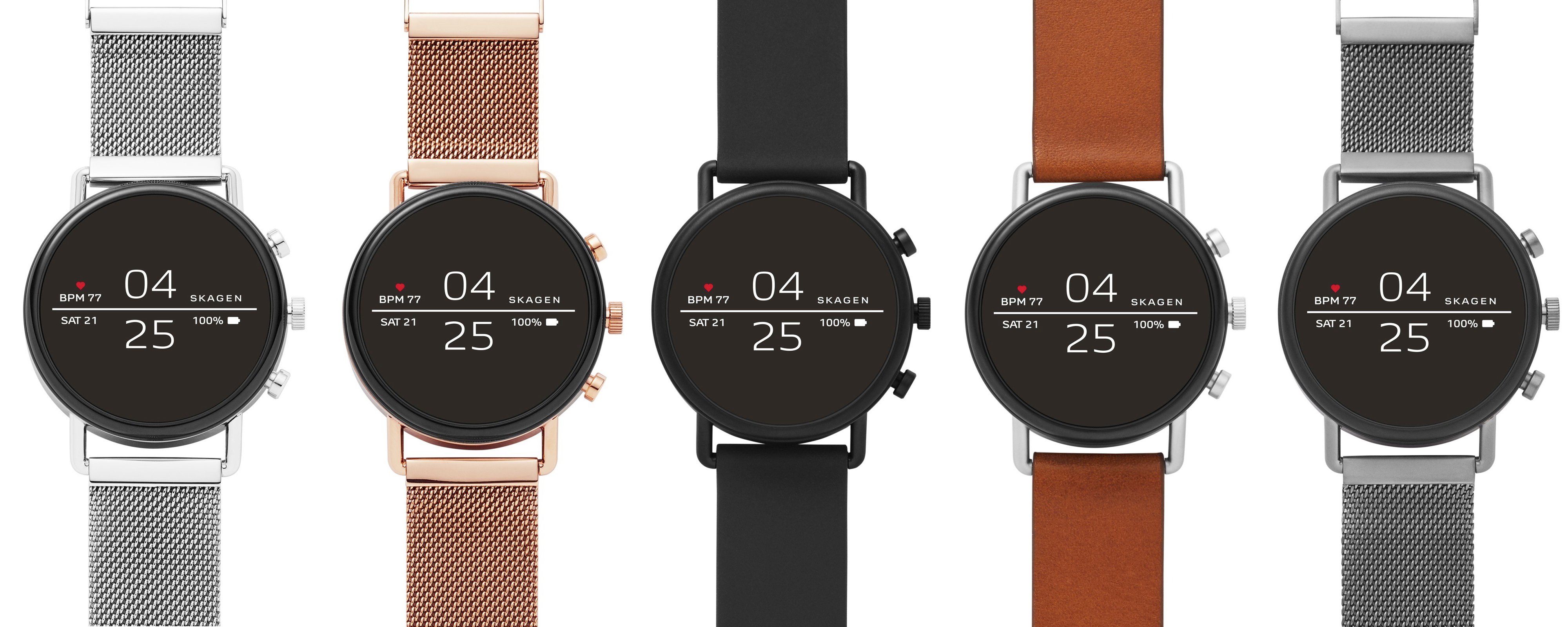
When it was announced at CES 2018, Skagen's Falster watch was one of the prettiest and most minimalist Wear OS watches to date. In my review of it, I liked the design but criticized some hardware decisions, like the lack of NFC, GPS, and heart rate monitoring. All three features have been added to the new Falster 2, which has just been announced.
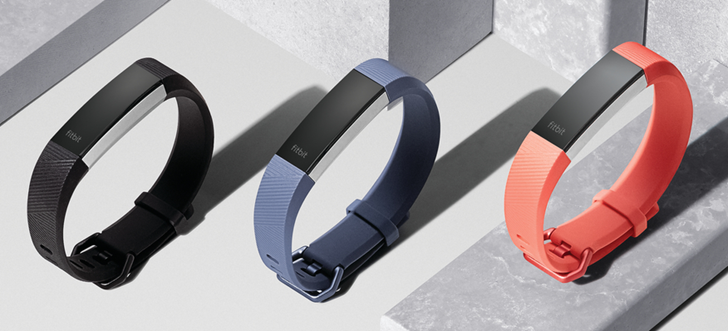
Smartwatches don't seem to be gaining the cultural cachet that Google was hoping they would, but cheaper and more basic fitness monitors continue to do well even among the non-techy crowd. Just ask Fitbit, which is apparently flush enough to buy Pebble lock, stock, and barrel. The company's latest minimalist fitness tracker is the Alta HR, announced today and heading to retailers in April for $149.95. The Alta HR is an upgraded version of the current Alta, which adds a full-time heart rate sensor to the basic design.
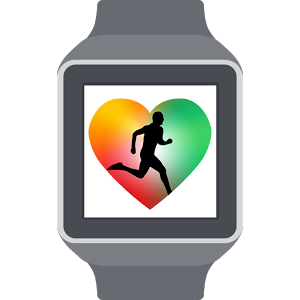
The Samsung Gear Live launched with a built-in heart rate monitor, but unfortunately, it could only take measurements one at a time. There was no way to monitor a wearer's heart rate continuously, such as during a workout. Now developer Portable Pixels has hit Google Play with an Android app that makes this functionality possible, one that goes by the rather straightforward name of "Heart Rate Training."





